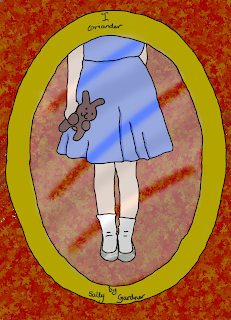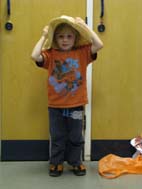Probably the best book we have read since we began. First published in 1975, the book is now a well deserved classic.
Read with the younger group, this book demonstrated the capacity for younger readers to grasp big themes, and to stick with a lengthy narrative.
Set during WWII the book holds nothing back. For example, very soon into the narrative there is a dead body, which is shocking, the children swear and fight till they bleed, and the grown ups are, grown up.
It is no surprise to learn that this book was written by Westall, to account for his own experiences of the war, for his then 12 year old son. Perhaps this accounts for the open and honest approach to characters and events. I wish that more authors of children's books shared Westall's skill in communicating to children with respect for the fact that they too live in the real world, and see and experience far more than we would like to admit.
I didn't dwell on the themes with the group, though we had a very productive discussion. One of the successes of this group is that because these books are shared with parents at home, the children are very well supported in their experiences of the books we read, and this was evident from the enthusiasm of parents aswell as children for this book during the session.
So, I could afford to take a playful approach. I designed a game based upon my youngest son's suggestion, involving identifying aircraft from their silhouettes (using a wartime aircraft identity poster). I would fly a silhouette, and the children would either wave at the aircraft if friendly, or hide under a table if not. We then had a go at identifying 'shrapnel' from photographs.






















